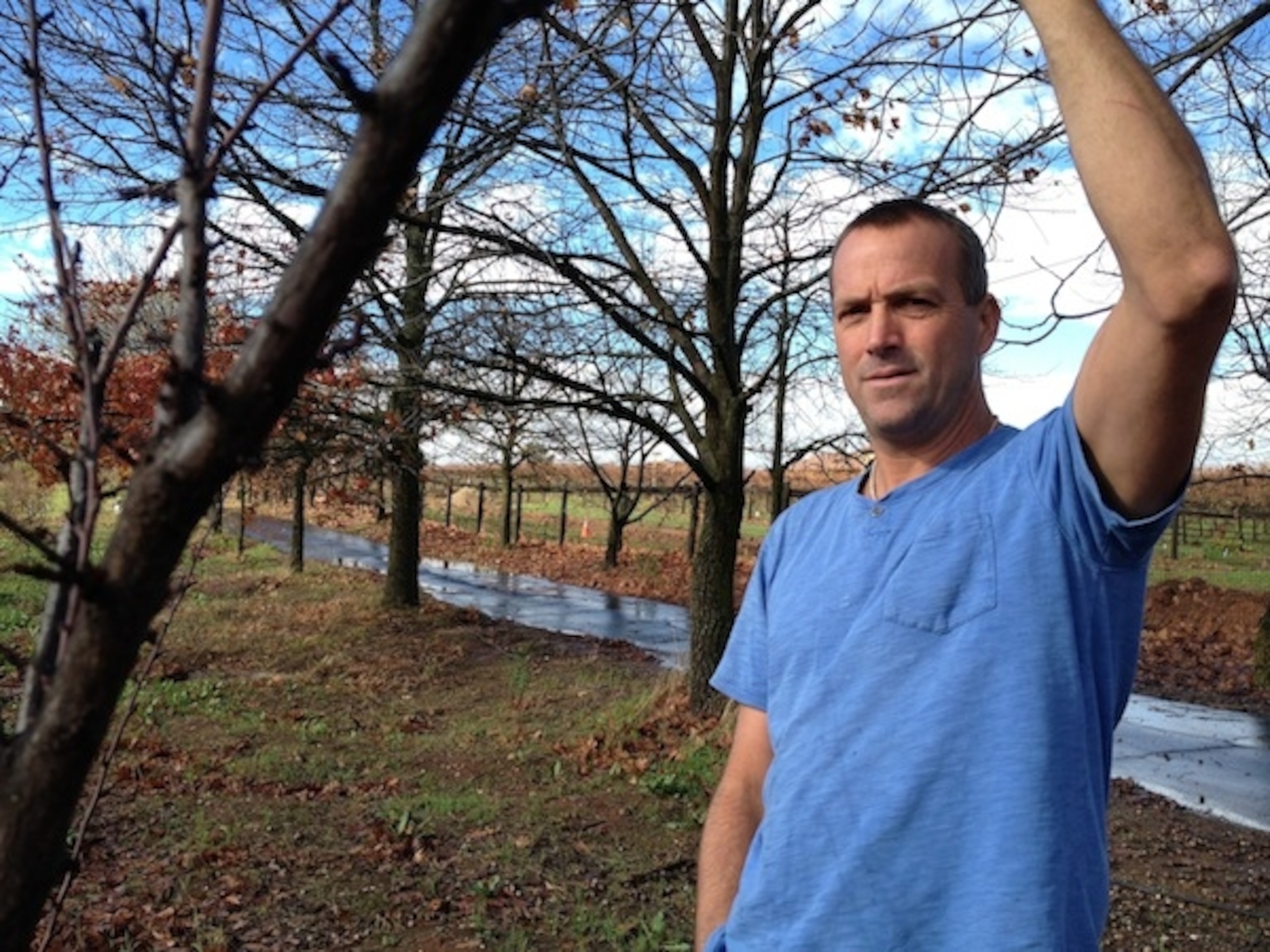
Hybrid Fruit: Mixing Plums, Apricots, and Their Names
For a city man like me, there’s no place more bucolic than Clements, California. You’d have to travel east of the small farming town of Lodi, through rolling hills, sprawling farms, and occasional fruit stands to even make it to the town limits.
But once here, you get to see Steve Smit, an organic farmer I met back in college when I’d buy his apples, peaches, and cherries. His farm, Mt. Moriah Farms, grows some of the best pluots on the planet.
What’s a pluot, much of the country might ask? An innovative hybrid of a plum (60 percent) and apricot (40 percent). They started popping up in the 1980s, and then fruit breeding innovation really took off. Now we have apriums (the same hybrid, but dominant apricot), picatums (peach, apricot, plum), mango-peach hybrids, and nectaplums.
Fruit breeding isn’t so new. But what fascinates me is how much science changes the fruits we eat, even the organic-fresh-local-unwashed fruit you get at your farmers market.
“We’ve got a big world to feed, so we do it for lots of reasons,” Smit tells me at his farm. “Better flavor, more shelf time, shipping longer distances.”
I used to work for a peach breeder back when I went to college in this area. We were on the hunt for the perfect peach for canning—a peach that tasted good, ripened on time, had consistent color, was easy to pick, and stayed fresh as long as possible.
Every fruit grower tries to maximize all of those qualities. And when they do, it means better fruit that can travel further distances from the farm. For someone passing through California, it also means some darn good pluots.
